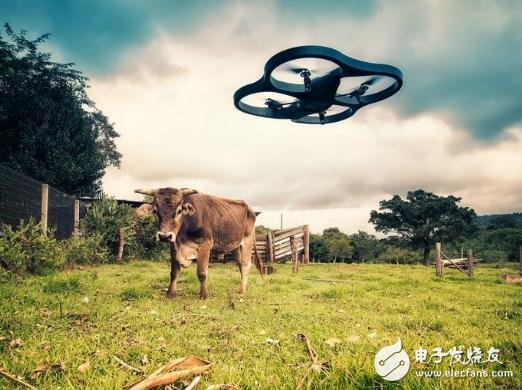Since the introduction of drone technology into the market, many professionals have used it to accelerate innovation in their respective fields. From military to sports to real estate, drones are used in almost every industry.
However, even though drones have achieved great success, with the ever-increasing demand, the real potential of drone technology has not been released due to some bottlenecks. Researchers and technologists around the world are working hard to improve the shortcomings of current UAV technology, while the following sections are the key directions for breakthroughs.

Battery Life
The biggest difficulty experienced by an individual using a drone is probably the limitation imposed by the battery's energy life. The current battery lacks sufficient power, and the drone can't even keep flying for more than 30 minutes. This is the current drone technology. Key factors for major breakthroughs.
Scientists are trying to produce more efficient batteries that allow drones to fly in the air for long periods of time. In addition, the professional and technical personnel are also moving the solar panel technology to the drone. It is predicted that in the near future, the battery life of drones will be significantly improved, which will enable them to fly more distant distances before charging.
Anti-impact
Safety has always been the most discussed in the field of UAV technology innovation. There is a dangerous possibility that we must consider that when a drone is gradually being used in a public place, it may have various possible collisions.
In order to deal with this potential threat, we must improve the protection of drones, and researchers are now thinking about the prevention of drone accidents. The concept behind this is to fix the drone, which allows it to identify the direction in which other things exist and to take challenging techniques to prevent accidents. Although such a procedure has been set up, the probability of a collision occurring is still high.
Autopilot
UAVs available on the market need to be managed, and to some extent technicians operate on the ground. These people must undergo rigorous training and obtain certification for drone flight. However, this will change. Professionals are already trying to apply automation technology to drones, which in the future will enable them to fly autonomously without human manipulation. With this automatic feature, people who don't have drone control experience will also be able to use them while traveling.
navigation
UAV navigation is another area of ​​technology that requires a lot of innovation. Currently, GPS is used to direct the flight of drones, but this technique clearly has several drawbacks.
GPS is often not very efficient in densely populated environments like jungles and wetlands. When GPS explores these places, this will have a negative impact on the design of the drone's journey. In order to prevent such problems, researchers are considering providing some kind of backup technology work for GPS. These extra technologies will ensure that drones complete their missions, even when GPS has a big problem.
Control System
There are drones that are easily disturbed during travel, and control technology will be the key to drone technology. These techniques are used to manage the ability of the drone to be affected by different elements: speeding, wetting, and the environment.
Without these management techniques, it would be difficult to manage the movement of the drone. The current development and design management is focused on the protection of drones, and technology recognizes the need to ensure that management techniques are not easily damaged by viruses. In addition, drone operators on the ground will be able to better control the movement of the drone through the control system.
Communication Systems
As with any other aircraft, interactive technology is very important for drones. They are used by operators on the ground to get in touch with drones and give the necessary guidelines. The problem with interactive technology is that they only keep in touch with drones.
Similar to control systems and interactive technologies, drones may require a firewall, which makes them incapable of being hijacked. For drone founders, the need for drone interaction technology to make these drones work effectively even in unpopular situations may be key.
Custom LFP Battery Pack Advantages Compared to other battery options, custom lithium iron phosphate battery packs provide superior thermal and chemical stability. This allows for improved safety characteristics over lithium-ion batteries that utilize less-safe cathode materials.
Hot-swappable Internal LFP Battery Pack Average Nominal Voltage: 25.6 VDC Nominal Energy: 266 Wh providing 12 minutes run time for 1kW load Weight: 8 lbs; 43% improvement over lead acid battery packs Recommended Charge: Up to 8 A Discharge Peak Rate: 80 A Operating Temperature: -20 °C to 60 °C Storage Temperature: -40 °C to 70 °C
For a safe and reliable power solution, GLIDA Lithium Ion packs are solid choice for your application needs.
With extensive Quality Control certifications and procedures, GLIDA gives it's customer the confidence in every product offering.
12V Lfp Battery,Lfp Battery Pack 48V,Lfp For Li-Ion Battery,Lfp Lithium Ion Battery Pack
Shenzhen Glida Electronics Co., Ltd. , https://www.szglida.com